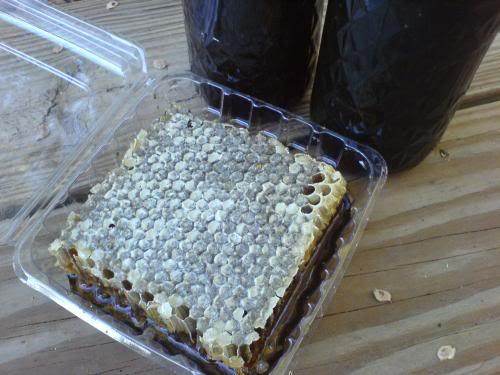






















Joe O' wrote:
I guess it could be true that only a mono-cultured crop would create a specific flavored honey? hmmm




 1
1




How permies.com works
What is a Mother Tree ?









Marissa
Sand Holler Farm
Dale TX
















Joe O' wrote:
i remember hearing that worker bees live 22 or 23 days, so that's quite a few generations per season
Marissa
Sand Holler Farm
Dale TX




John Polk wrote:
If we (mankind) don't quit using bees as our personal slaves, and killing them with pesticides, honey could soon become a luxury for only the wealthiest.
"To oppose something is to maintain it" -- Ursula LeGuin

 2
2








oracle wrote:
I have heard that bees will start collecting, I'll use blueberry, hahaha. But once they start collecting blueberry they will only collect blueberry. Or if it were clover they only collect clover. This doesn't feel right to me. Does anyone know?
"Study books and observe nature. When the two don't agree, throw out the books" -William A Albrecht
"You cannot reason a man out of a position he has not reasoned himself into." - Benjamin Franklin
























Argue for your limitations and they are yours forever.




just to make certain that there were enough hives to pollinate the almond crops in CA? Makes you wonder about sustainability.
Argue for your limitations and they are yours forever.

|
professionalism is finding the perfect flavor of apathy --tiny ad
The new gardening playing cards kickstarter is now live!
https://www.kickstarter.com/projects/paulwheaton/garden-cards
|





